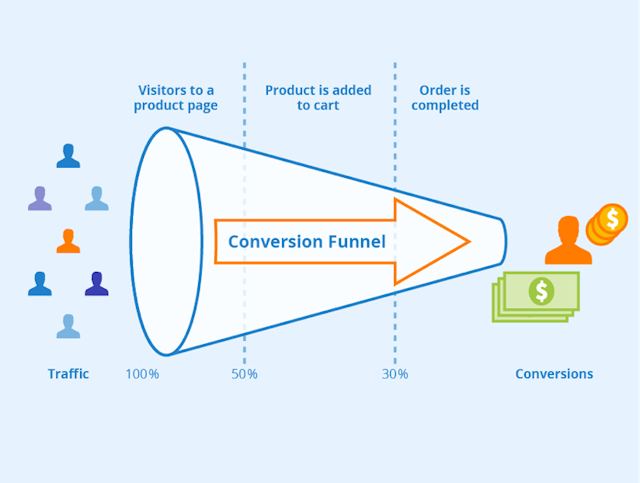The art of storytelling and why it still matters
Act I: Setup
With the average person spending roughly three hours online each day on their mobile, you do not have to be an expert to know that mobile experiences are lacking. With m-commerce estimated to double between 2019 and 2023, conversion storytelling is more important than ever as a means to guide your audience through the customer journey to hitting that final ‘complete purchase’ button.

Space & Time on how to optimize your creative across all platforms
But first, what is conversion storytelling? It is the art of developing and communicating an end-to-end campaign that flows from a targeted ad to a landing page experience through a combination of copy, images and sounds that are all cohesive, brand relevant and increase the probability of conversions.
Unfortunately, it is all too easy to get wrapped up in short-sighted practices that do not improve overall results. Conversion storytelling links everything together from a user seeing the ad, clicking through and converting. Providing a unified narrative that is subjective, cohesive and relevant increases the chances of increased brand loyalty and recall, more efficient ad spend and conversions.

According to Google/SOASTA research, 96% of ad clicks do not result in conversion and 53% of people will leave a page if it takes longer than three seconds to load. With that in mind, it is fair to say the pressure’s on for websites to provide a fast post-click experience.
Senior analytics and PPC manager Richard Linklater offers his insight: “After researching your keywords and [creating] stunning, highly-relevant ads with an excellent ad strength, only [to] find out in your Google Ads account your mobile speed score for your landing page is 2/10! Working toward a score of 7-10 will hugely benefit your online activity and lead to a better user experience and happy customers.”
In fact, Google has found that “if people have a negative experience on mobile, they are 62% less likely to purchase from you in the future – no matter how beautiful or data-driven your marketing campaigns are”.
So, how do we tackle this?
Act II: Confrontation
It all starts with building a strong end-to-end campaign by considering every piece of the conversion funnel as part of this overarching narrative that connects everything from pre-click to post-click experience.

It is key to determine the following:
-
Establish your goals: what is the product or service you are advertising? What do you want to achieve?
-
Define your audience: develop an audience persona to engage in a conversation with your targeted audience.
-
Develop a relevant narrative based on the above: how will you guide your audience from a digital ad > landing page experience > conversion?
-
Implement this narrative into your ad strategy and website: use best practices across your ads and on your website for ultimate optimization.
-
Analyse results, test and improve!
Determining each of these factors will give users the best possible chance to engage with your ad and click through to the desired landing page. Now the groundwork has been laid out, it is imperative we make the road to conversion as smooth as possible.
While it is safe to assume faster loading times result in more conversions, it is also imperative to complement this with matching design and creative (without slowing you down). This involves:
-
Similar color palettes
-
Identical logos
-
Use of the same media assets
-
Matching copy and taglines
-
Consistent tone of voice
Keep your core message above the fold and your calls-to-action front and center to allow users to navigate the landing page with very little effort. Allow users to explore the rest of your website with ease by keeping menus short and sweet, and using your logo as a direct way back to your homepage is a quick and simple way to increase the chance of conversions and customer retention.
When the time has come to convert, the last thing we want is to make it hard for the user to take that final step. Allowing users to purchase as a guest, then offering the option to register afterwards and encouraging this with benefits, has been proven to drive users to commit to a purchase, according to Google/AnswerLab research.
Act III: Resolution
It is clear now that the power of storytelling is greater than ever before, and, like the cover of a book, your narrative is the catalyst to guiding your audience through a seamless customer journey and boosting conversion rates. As we move forward, we must prioritize conversion storytelling for more robust end-to-end campaigns with a mobile-first approach to the pre-click and post-click experience we offer users.
Our recent article Digital creative best practices: 4 top tips provides a simple guide to optimizing your creative across all platforms, from the best ratios to use to how long your ad copy should be.
Hayley Renvoize, paid social executive at Space & Time.
Content by The Drum Network member:

Space & Time
Space & Time is a growth marketing agency, enabling clients to secure optimal value from every part of the customer experience and their marketing investment....
Find out more
